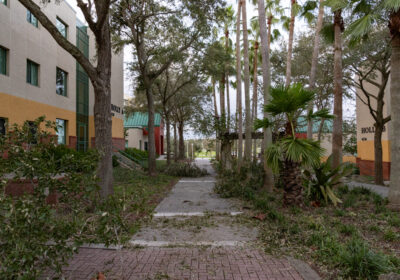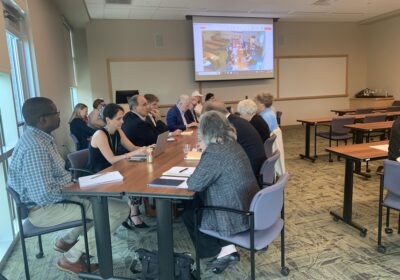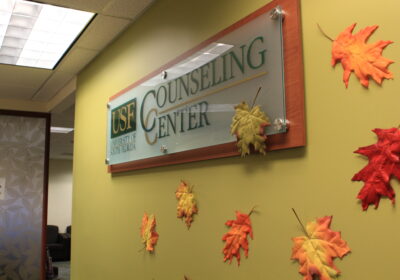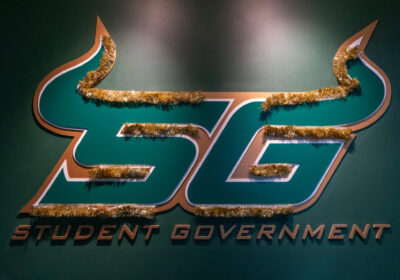International enrollment higher than expected
USF exceeded this year’s expectation of new international student enrollment by 39 percent, resulting in 1,465 international students on the Tampa campus. “We’re over target by a lot,” said Glen Besterfield, director of INTO USF’s Pathways program. “We were absolutely overwhelmed with students.”
He said the target, which was 330, was necessary to reach, but there was no reason why it couldn’t be exceeded. In the end, they recruited 460 new students.
The new students came to the U.S. from 36 countries, according to INTO USF’s fall enrollment.
Saudi Arabia leads all nations at about 44 percent, followed by China at nearly 16 percent.
The students pay full student fees for the first time, even though their courses don’t count for credit, Besterfield said.
“In the past, these students have not been integrated into the university life,” he said.
Besterfield said general English courses help students develop English for everyday use.
“Although they are not taking credit-bearing courses they are considered USF students,” he said.
Juan Guo, 23, is studying in the graduate pathways program in management, and said it’s hard to understand everything in his class.
“There are some obstacles for me, but I think it will be better after a long time,” Guo said.
According to the INTO USF website. The Pathways programs “are designed for students who want to enroll in an undergraduate or graduate degree program, but want or need additional academic and language support in order to succeed during their first year.”
Besterfield said that in the Pathways program, students already have good English, although it’s not quite up to the standard of a direct international student.
“So, we develop their English while they take university classes,” he said.
The Pathway program combines the international students in classes with other USF students so that they can develop the language as well as take course credits, Besterfield said.
“If it’s a grad student, they’re taking the exact same class as a USF student,” he said.
Zhong Ren, 22, received an undergraduate degree in corporate finance in China, and has enrolled in finance under the Pathways program.
He said everything was different – “different culture, different city, different people, different country.”
Besterfield said that for those taking academic English, one of the driving forces of the INTO program is getting students involved with USF so that they might return.
USF stands as the second U.S. school after Oregon State University to join with INTO, which is a for-profit company that allows international students to slip comfortably into higher education. The program launched Jan. 19, and welcomed students Aug. 18 for the fall semester, according to INTO USF website.
The English Language Institute (ELI) originally lost accreditation when USF joined INTO in the spring; however, the accreditation has been restored, Besterfield said. He said that, should accreditation get taken away again, it will have no effect on INTO USF.
ELI lost accreditation when USF failed to let the Commission on English Language Program Accreditation (CEA) know that it started outsourcing under INTO. The CEA restored accreditation May 28, by proving that ELI met certain criteria and remains a University-run program.
Besterfield said classes with international perspective add to the educational experience.
“That interaction opens all of our eyes,” he said.






